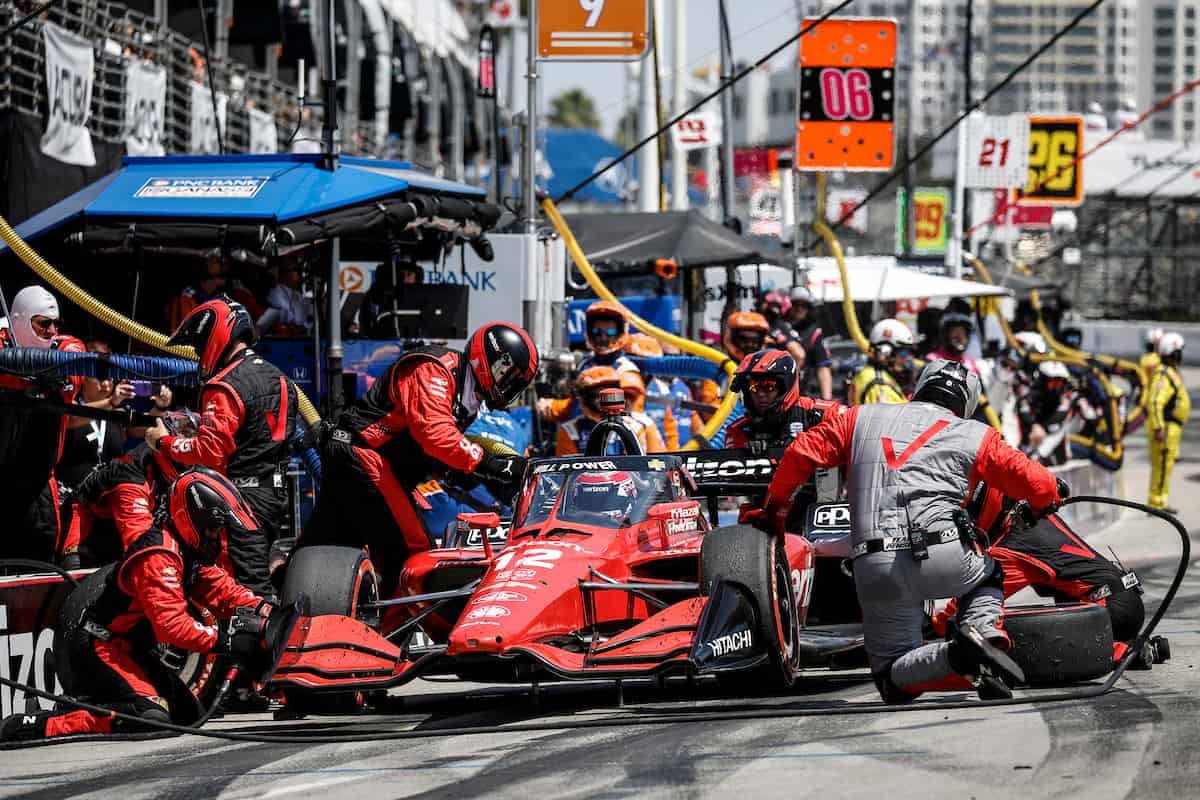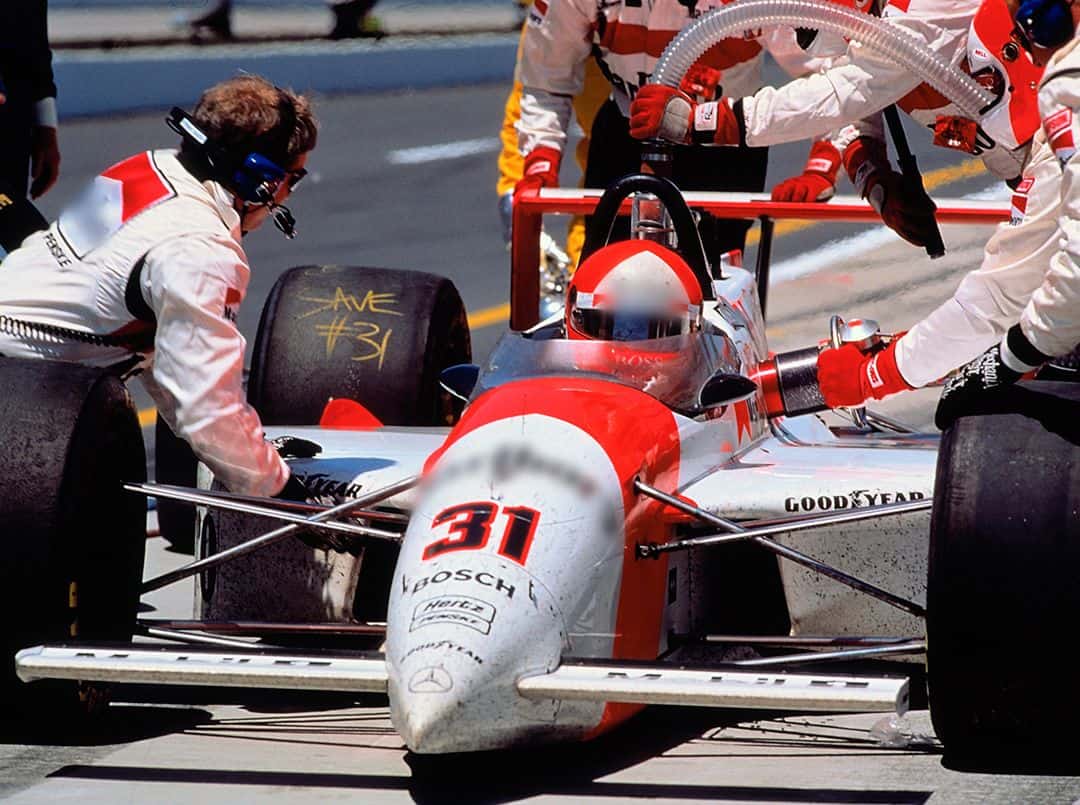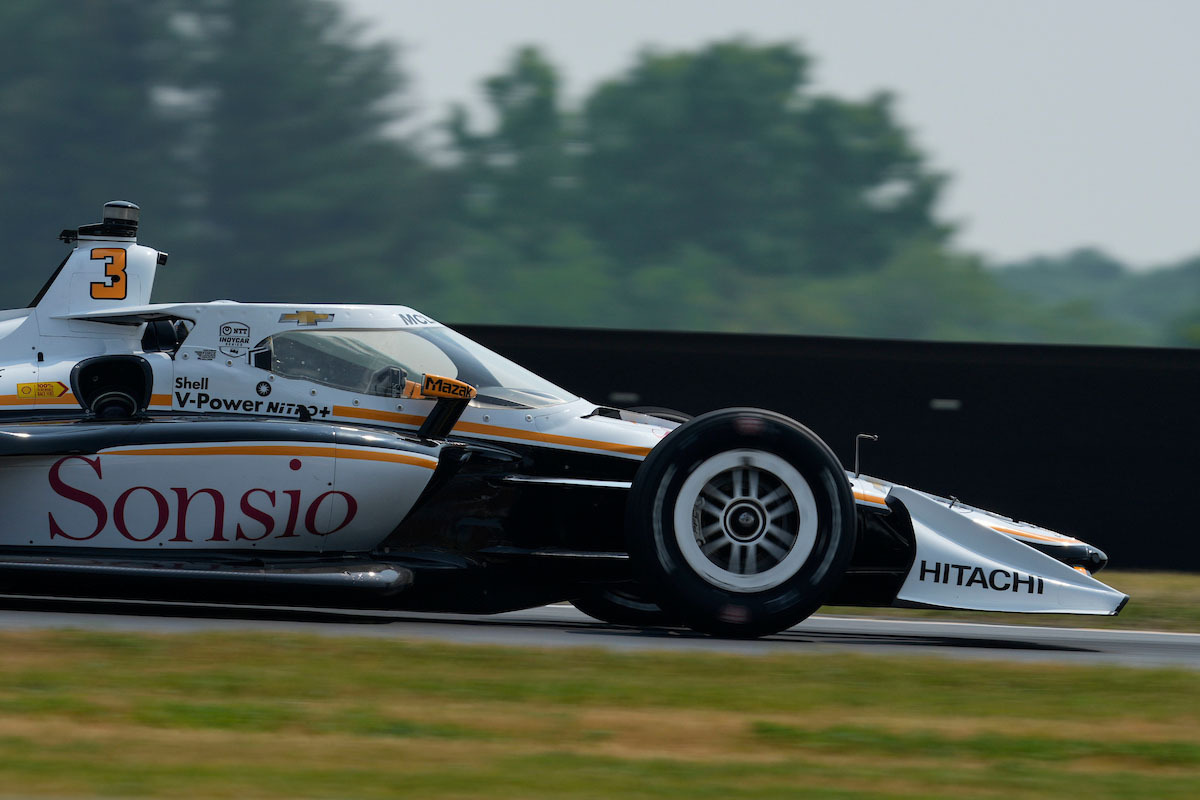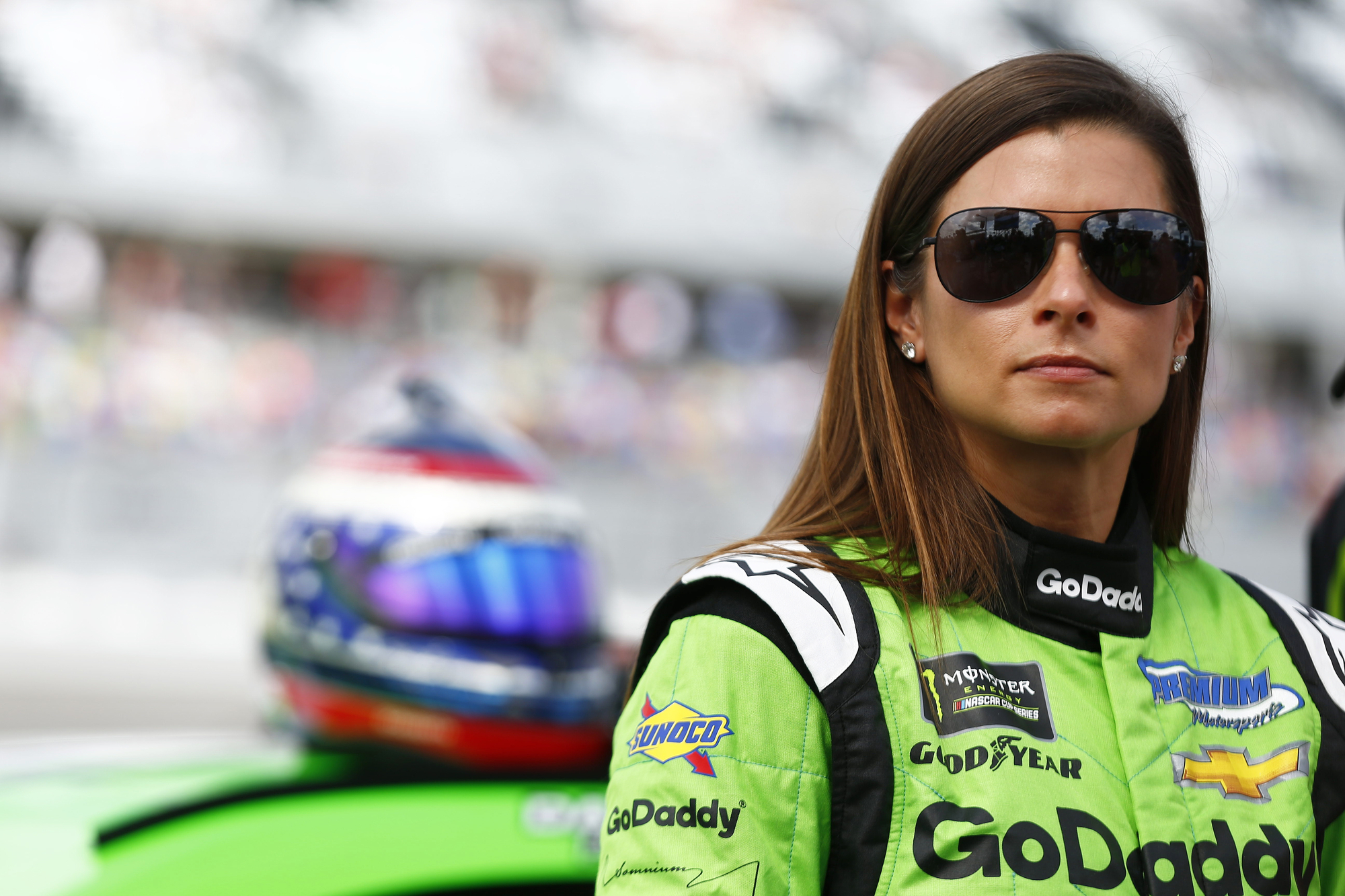What Is IndyCar’s Aeroscreen?
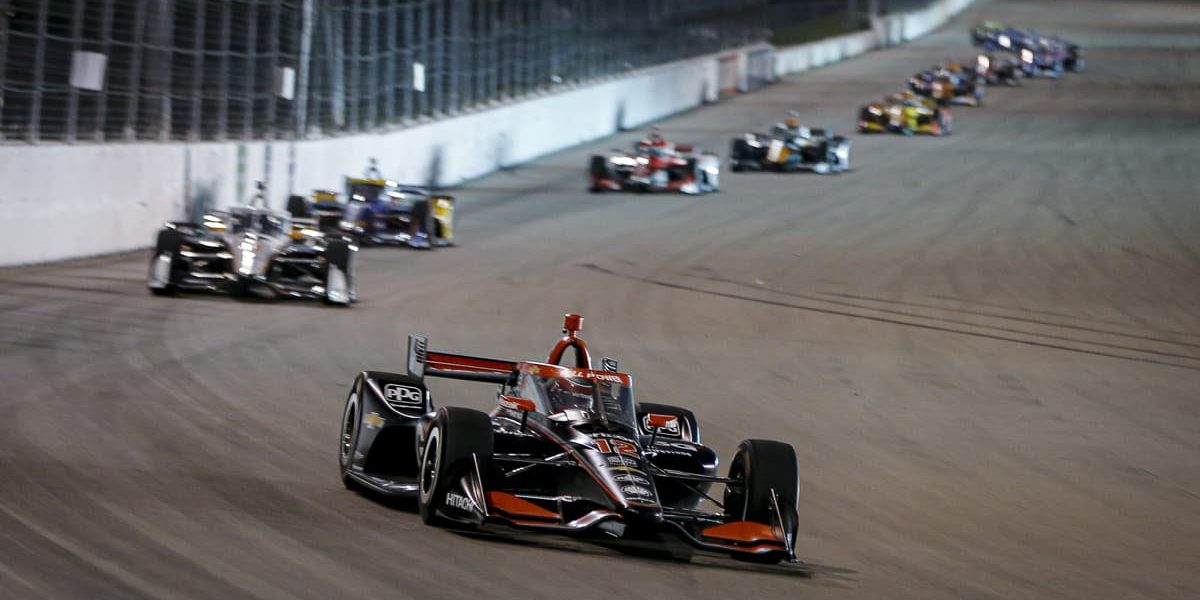
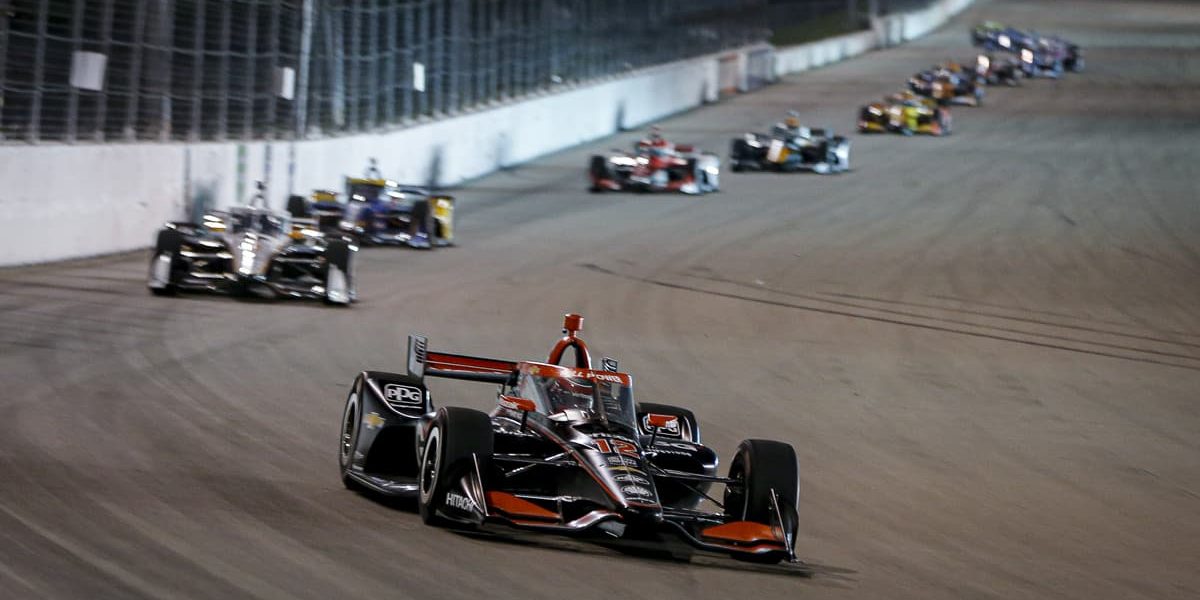
The aeroscreen was introduced in IndyCar racing in 2020 after several years of research and development. Open wheeled and open cockpit auto racing is a dangerous sport not least because of the speeds at which the cars travel. The upper portion of the driver’s body is exposed to the elements and whatever comes with them. A projectile coming for the driver’s head at 320 kilometres per hour (200mph) or more can cause serious harm. In many cases, such impacts have resulted in fatalities. The aeroscreen is what IndyCar came up with to protect the drivers.
IndyCar was long worried about cranial and neck injuries to drivers. Justin Wilson’s death in the 2015 ABC Supply 500 at the Pocono Raceway brought the matter to the forefront. Red Bull had tried the aeroscreen on F1 curses in 2018. F1 chose to go with the halo instead of the aeroscreen. That year, IndyCar asked Red Bull to develop an aeroscreen to be used in Indy cars. Red Bull Advanced Technologies, an arm of the Red Bull Formula 1 team, developed the Aeroscreen along with Dallara and IndyCar officials.
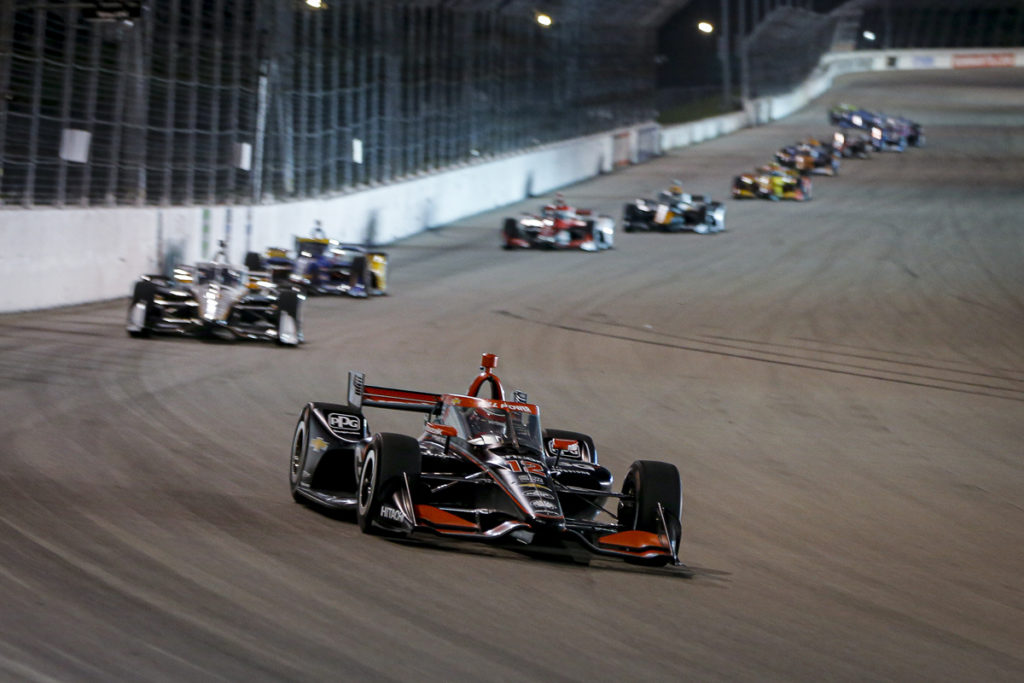
Table of Contents
What are the requirements of an aeroscreen in racing?
A racing car has been designed, engineered, tested and perfected over several years. An addition of a component, particularly projection out of the surface of the car is of concern to many departments in the automotive industry. As the aeroscreen is mandatory across the board in IndyCar racing, it affected all the cars and their design and engineering crews. It would alter the balance and aerodynamics of the car. It would also displace the centre of gravity of the car causing concern about car balance.
The drivers were concerned with the clarity of vision. Even the slightest of distortion while driving at great speeds in a close bunch could lead to serious accidents. Red Bull, Dallara and IndyCar had a big job on their hands. Further, there were concerns about the screen fogging in cold or wet weather. The airflow into the driver’s area would be blocked causing a rise in temperatures in the cockpit. The three teams had to qvercome these hurdles in a short period of time.
What is the Aeroscreen made of?
Red Bull Advanced Technologies got a further two more years to refine the technology used in putting together the aeroscreen. PPG is a company that designs ballistic windscreens for aircraft and space ships. The screen is made up of ballistic laminated polycarbonate and is not glass. It is not used in street cars because it deteriorates fast and is more brittle than glass. The frame for the screen consists of five parts of 3D-printed titanium. The aeroscreen is not an integral part of the car but is bolted to it.
Titanium is a lightweight but strong material. The screen frame weighs just 12.6 kilograms (27.8 pounds) but can withstand a force of 17 tons or 34,000 pounds. The polycarbonate frame weighs less at 7.85 kilograms (17.3 pounds). The PPG manufactured screen can withstand an object weighing 1 kilogram (approx 2 pounds) hitting it at 354 kilometres per hour (220 miles per hour) That speed is just 33 kilometres per hour below the top speed of an average IndyCar. The frame has fibre carbon mounting bushes that increase the strength of the tub.
The screen is fitted with a heating element to prevent it from fogging. Arrangements have been made to increase the ventilation in the driver’s cabin to prevent the temperatures inside from getting too high. The screen gets scratched very easily from the grit thrown on the race track reducing the driver’s visibility. To allow for this the screen is fitted with eight tear-offs per race that can be peeled off during a pit stop. The aeroscreen is fitted or removed in just 15 minutes. This helps in access for maintenance and during emergencies.
How does the aeroscreen affect the racing mechanics of the Indy car?
Not many teams had a chance to do preseason testing with the screen before the 2020 season. Twenty-seven kilograms (60 pounds including the mounting) were mounted upfront and higher up in the car. The automotive engineers were just learning how to improve the handling of the car with every lap. The addition of the weight changed the location of the centre of gravity of the car slightly towards the front. This could probably result in greater wear of the front tyres.
The lateral forces will transfer the weight towards the outside on turns wearing those tyres more. The race engineer has a job on his hands balancing the weight of the car. He can either chose to adjust the ballast or opt for some other modification. Engineers were able to fix the resulting understeer despite the limited testing hours. The car crews and engineers are eagerly awaiting the outcome of the first season of racing with aeroscreens. They will get more testing time and trial runs before the 2021 season.
How did the IndyCar drivers take to aeroscreens?
In July 2020 during the first race at the IOWA Speedway, Herta Colton’s car crashed into Rinus VeeKay’s car. Upon restart, Herta Colton crashed into VeeKays car and was airborne with the car. The rear bodywork of the car was ripped off by the catch fencing and the nose of the car hit one side of VeeKay’s aeroscreen. Both drivers emerged out of their wrecks unhurt. So two drivers are happy that Indycar had mandated the use of aeroscreen. That set the aeroscreen off to a good start. More drivers are pleased with the aeroscreen.
Most drivers feel that the vision through the aeroscreen is clear even if the screen gets a bit scratched from the grit and the debris. Many drivers also agree that the screen doesn’t fog. Some drivers feel that a bit more has to be done about the temperatures inside the driver’s cockpit. Some oldtimers are still getting used to not getting the feel of the rushing air against them. Most drivers are comfortable with racing with the aeroscreen and are grateful for the safety it provides them.
Most drivers agree that the handling of the car has been affected. It is for the race engineers to balance the weight of the car. The aerodynamic engineers have their job cut out for them: they have to streamline the flow of the air and improve the downforce and handling of the car. The behaviour and the wear of the tyres is a case study for Goodyear and Indycar officials and research engineers.
Conclusion
Aeroscreen has been a major milestone achieved in driver’s safety in IndyCar racing and is here to stay. It will take a couple of years to fine-tune the vehicles in terms of aerodynamics and car handling. Car owners will incur a big cost but can expect some help from IndyCar. There will be improvements in the aeroscreen over the years and they will be welcomed.
The aeroscreen has been tested at Formula 1 and was rejected in favour of the halo. However, Formula 1 will take a close look at the developments at IndyCar. After all, driver safety is of paramount importance in all forms of racing.
You may also be interested in: How much does an IndyCar cost? 12 essentials and shocking costs to join the IndyCar series






